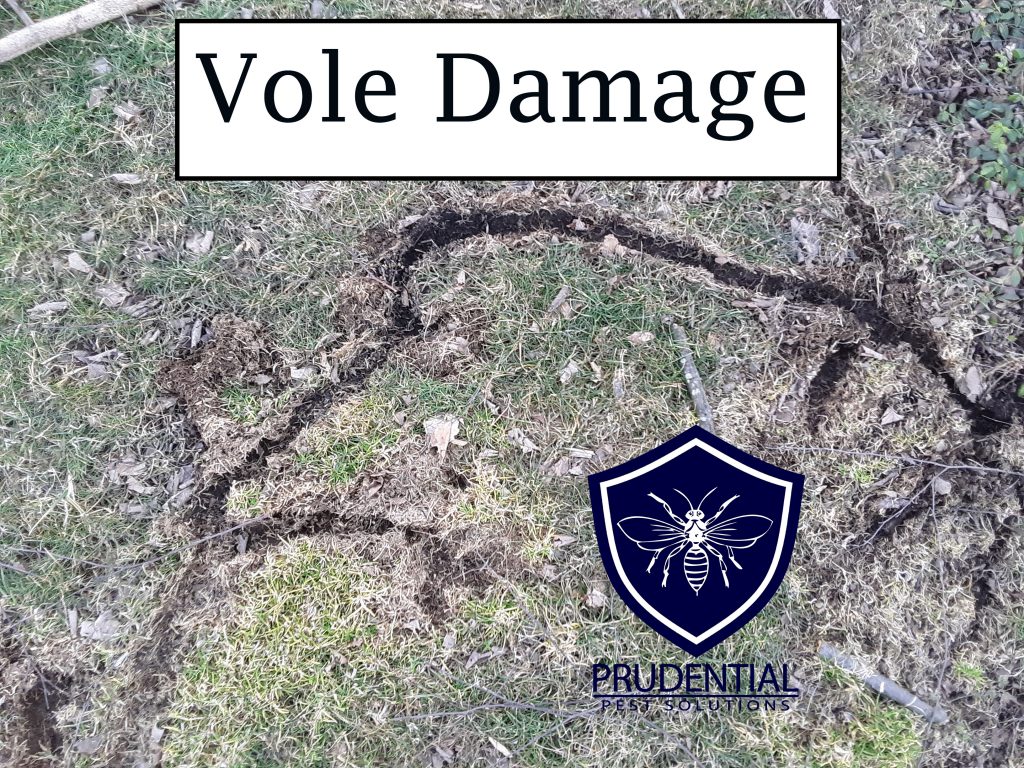Relied On Vole Control in Utah: Solutions for Your Property
Relied On Vole Control in Utah: Solutions for Your Property
Blog Article
Comprehensive Overview to Efficient Vole Parasite Control: Infestation Recognition and Therapy Methods
In the realm of effective bug control, vole problems pose a special difficulty that demands a tactical technique. These little rats, frequently mistaken for mice, can damage yards, yards, and crops if left unattended. Determining the indications of vole presence and executing targeted therapy approaches are crucial parts of an effective parasite monitoring plan. By checking out the nuances of vole behavior, understanding crucial indicators of invasion, and examining a series of control choices, one can establish an extensive strategy to deal with these evasive insects.
Comprehending Vole Actions
Vole behavior is defined by their tunneling behaviors and quick reproduction prices, making them a challenging bug to manage effectively. These small rats commonly develop intricate tunnel systems underground, using them for sanctuary, food storage space, and transportation. Voles are herbivores, consuming a range of plants, light bulbs, yards, and origins, which can create significant damages to yards, orchards, and yards. Their rapid reproductive rate additional complicates control efforts, with females capable of generating numerous clutters in a single year, each having a number of offspring.
Understanding vole actions is important for effective parasite control approaches. By identifying their burrow locations, keeping track of feeding locations, and carrying out targeted control methods, such as capturing or habitat modification, vole problems can be handled effectively.
Indications of Vole Infestation

Prevention Techniques
Implementing efficient prevention methods is essential in lessening vole invasions and safeguarding plants from their destructive feeding practices. To prevent vole infestations, it is essential to start by getting rid of potential food sources and shelter.
Regularly evaluating the property for indications of vole activity, such as runways and delve openings, is essential for very early discovery and timely activity. Think about making use of traps or repellents tactically placed near their paths if vole task is thought. Utilizing natural predators like owls or serpents can likewise assist keep vole populations in check. By carrying out a mix of these avoidance approaches, garden enthusiasts and property owners can effectively protect their plant life from vole damage.
Non-Lethal Control Methods
To properly manage vole populations while focusing on gentle techniques, non-lethal control techniques provide sensible services for lowering vole damage in landscapes and yards. One reliable technique is using physical barriers such as equipment towel or cord mesh to protect vulnerable plants. These obstacles can be hidden at least 12 inches bent and deep at a 90-degree angle to avoid voles from burrowing beneath. Furthermore, environment alteration can deter voles by lowering their liked food sources and hiding areas. Keeping a well-mowed grass, eliminating particles, and maintaining plant life cut can make the setting much less appealing to voles.

Lethal Control Options
One effective method for dealing with vole problems in gardens and landscapes includes the calculated use deadly control alternatives. When faced with a severe vole invasion that non-lethal techniques have actually failed to contain, applying dangerous control actions becomes essential. One generally employed lethal control choice is making use of breeze traps. These traps are designed to rapidly and humanely eliminate voles upon activation, making them a preferred choice for numerous gardeners and landscapers. To boost the performance of breeze catches, it is advised to position them in locations where vole task is high, such as along runways or near burrow entries. One more dangerous control alternative is the use of poisonous lures especially created to target voles. These lures include poisonous substance that is ingested by the voles, resulting in their eventual death. Caution must be worked out when using hazardous lures to stop damage to non-target animals or pet dogs. click this site Generally, when using deadly control options, it is necessary to do so properly and based on neighborhood laws to successfully manage vole invasions.
Verdict
In conclusion, effective vole bug control requires a detailed understanding of vole actions, recognition of indications of problem, execution of prevention techniques, and usage of both lethal and non-lethal control techniques. By integrating these strategies, people can efficiently handle vole populations and secure their residential property from damages. It is very important to address vole infestations immediately to avoid additional issues and reduce the influence on the surrounding setting.
Given the intricate tunnel systems and rapid reproduction prices characteristic of voles, identifying the signs of vole infestation ends up being essential in reliable pest control. One of the key indicators of vole visibility is the presence of surface area paths or trails in lawn or snow, normally about 1-2 inches wide, created as voles take a trip in between their burrows and food over at this website resources.To successfully take care of vole populaces while prioritizing humane approaches, non-lethal control methods provide practical services for decreasing vole damages in landscapes and yards.One effective approach for resolving vole invasions in gardens and landscapes includes the tactical use of dangerous control choices. vole yard damage.In final thought, effective vole bug control needs a comprehensive understanding of vole actions, identification of indicators of invasion, implementation of prevention techniques, and usage of both deadly and non-lethal control approaches
Report this page